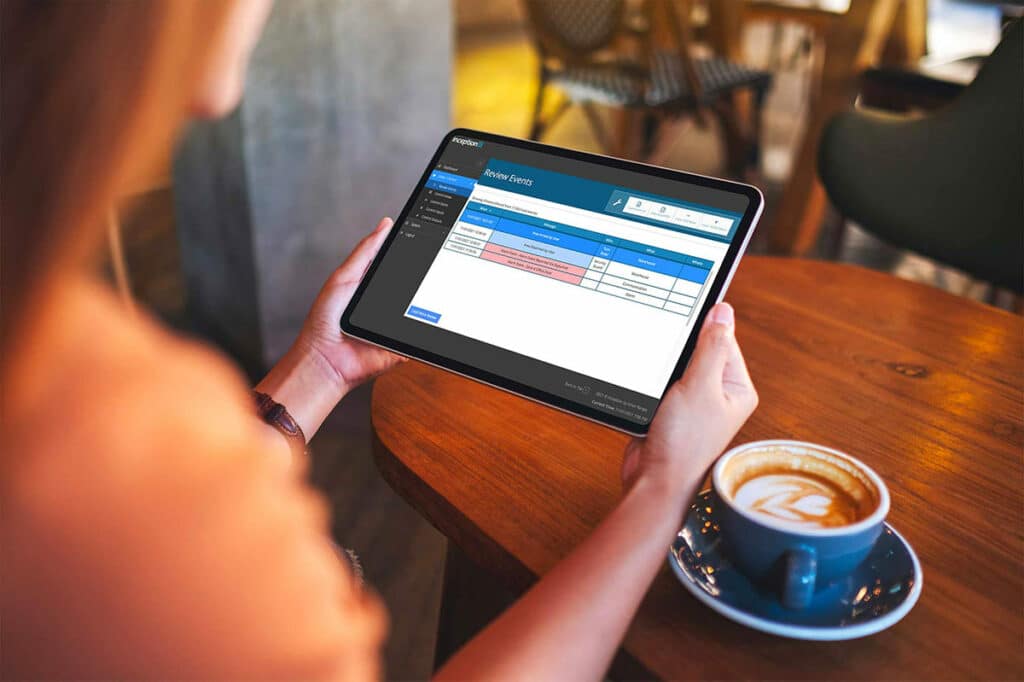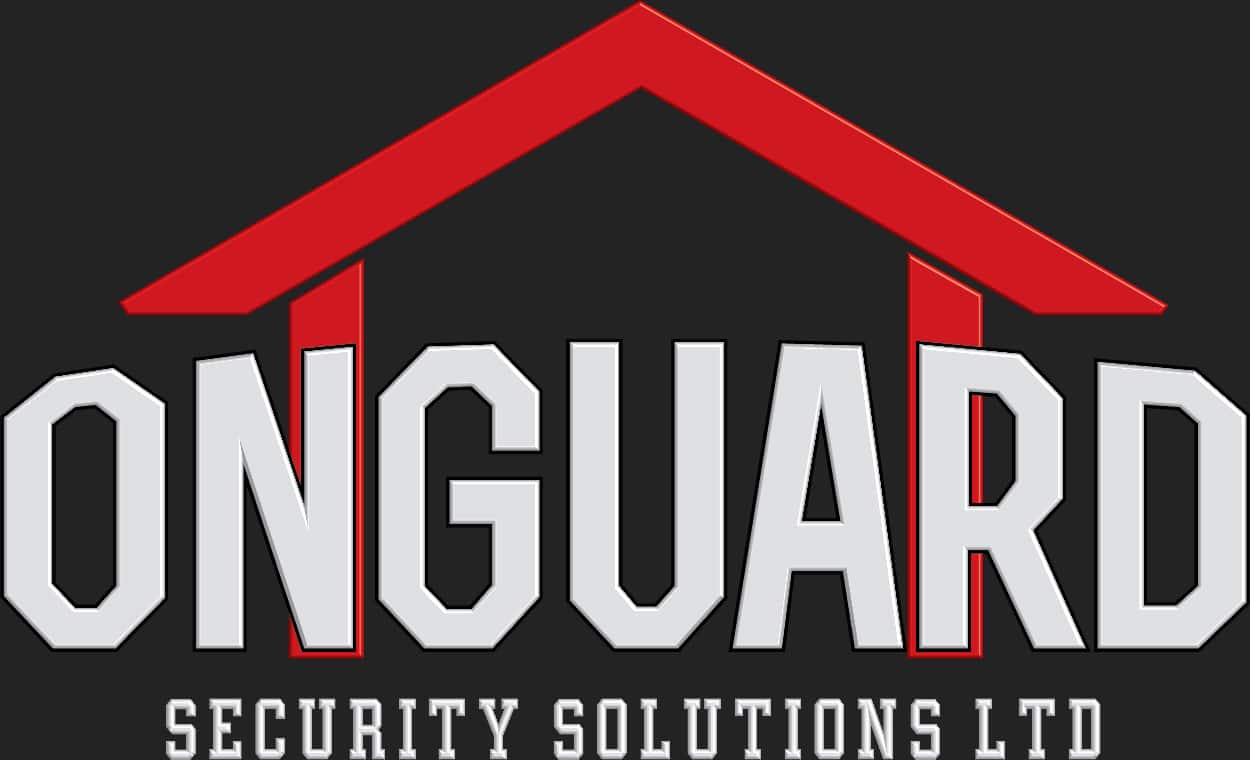
What Is ‘The Unexpected?’
Hamilton security emergencies can come in various forms and often catch people off guard. Here are some unexpected security emergencies to be aware of:
Supply Chain Attacks:
These involve compromising the security of a product or service by infiltrating its supply chain. For example, introducing malicious code into a software update that then gets distributed to users.
Insider Threats:
Threats are posed by individuals within an organisation who have access to sensitive information and misuse or leak it. This can include employees, contractors, or business partners.
Physical Security Breaches:
Intrusions into physical spaces, such as offices, data centres, or manufacturing facilities, can lead to theft, vandalism, or unauthorised access to sensitive information.
Biometric Data Compromises:
With the increasing use of biometric data like fingerprints and facial recognition for authentication, a compromise of these data could lead to identity theft and unauthorised access to systems.
Smart Device Exploitation:
As more household and industrial devices become “smart” and connected to the internet, they can be targeted by hackers for unauthorised access or disruption, such as smart thermostats, home security cameras, or industrial IoT devices.
Cyber-Physical Attacks:
These involve a combination of cyber attacks on digital systems and physical attacks on corresponding physical infrastructure, such as targeting critical infrastructure like power plants or water treatment facilities.
Ransomware Targeting Critical Services:
Ransomware attacks can interrupt essential services like healthcare facilities, emergency services, or transportation systems, leading to major disruptions and potentially endangering lives.
Data Poisoning:
Attackers can manipulate data sets used by machine learning algorithms to cause misclassification or biased outcomes, which could have serious consequences in applications like autonomous vehicles or medical diagnoses.
Remote Work Vulnerabilities:
The shift to remote work has introduced new security challenges, such as unsecured home networks, personal devices accessing sensitive corporate data, and a higher risk of phishing attacks.
Social Engineering Escalation:
Social engineering attacks can evolve and escalate, leading to the compromise of higher-level targets, such as executives or administrators, who have access to more critical systems.
Misinformation:
The spread of false information can have far-reaching consequences, including inciting panic, damaging reputations, and misleading decision-making.
Emerging Technology Vulnerabilities:
As new technologies like quantum computing and advanced AI become more prevalent, vulnerabilities that were previously considered unlikely may emerge, potentially leading to unforeseen security emergencies.
The key to dealing with unexpected security emergencies is to have a proactive approach to security solutions, including regular risk assessments, training, incident response planning, and staying informed about the evolving threat landscape.
5 Key Comprehensive Measures
In the dynamic landscape of modern businesses, security has become an indispensable facet. Employing a combination of cutting-edge tools – alarms, monitoring systems, Closed-Circuit Television (CCTV), and comprehensive security measures – holds the key to efficiently addressing unexpected security emergencies.
Some Hamilton security threats include:
Integrated Security Solutions: Protecting Business Assets:
In the realm of businesses, safeguarding assets is paramount. Today, forward-looking companies are adopting integrated security solutions that merge alarms, real-time monitoring, and strategically placed CCTV cameras. This combination allows for the early detection of suspicious activities and potential threats.
When triggered, alarms initiate immediate response protocols, while live CCTV feeds provide visual insights to security personnel. This synchronised approach not only prevents Hamilton security breaches but also showcases the effectiveness of a well-coordinated Hamilton security ecosystem.
Detecting Vulnerabilities with CCTV Surveillance:
As businesses evolve, so do security challenges. Instances of tampering with CCTV cameras near critical entry points have raised concerns. In response, companies are embracing AI-driven anomaly detection and bolstering camera protection mechanisms.
This proactive strategy reflects a dedication to staying ahead of potential threats and fortifying security infrastructure.
Emergency Management: Leveraging Technology for Business Continuity:
In moments of crisis, the role of alarms, monitoring, and CCTV systems becomes even more critical. For businesses, effectively handling emergencies such as fires or intrusions is imperative. High-traffic areas like shopping malls are deploying advanced security systems that employ these technologies.
For instance, in the event of a fire triggered by an electrical fault, fire alarms activate while CCTV cameras provide real-time footage for assessment.
Cybersecurity and Remote Monitoring Challenges:
The corporate landscape is not only physical but digital, too. Remote security monitoring, powered by AI, offers enhanced vigilance through the analysis of CCTV feeds. However, this realm is not without its vulnerabilities.
Instances of hackers exploiting monitoring software vulnerabilities highlight the need for fortified cybersecurity practices. Encryption, strict access controls, and continuous monitoring become vital to thwart potential breaches in remote security systems.
Building Resilience Against Network Failures:
Businesses, like any endeavour, occasionally face unexpected setbacks. A network failure within the core security hub can disrupt operations. However, such instances also serve as catalysts for strengthening infrastructure.
Businesses are reassessing network architecture to establish redundancies and contingency plans that ensure uninterrupted security operations.
When can it happen?
Security emergencies and disruptions can occur at any time, regardless of industry or location. While it’s impossible to predict the exact timing of these events. Here are 12 situations:
Natural Disasters:
Natural disasters like earthquakes, floods, hurricanes, wildfires, and tornadoes can strike unexpectedly, disrupting operations, damaging infrastructure, and affecting supply chains.
Cyberattacks:
Cybersecurity breaches, including data breaches, ransomware attacks, and phishing scams, can occur at any time, exploiting vulnerabilities in digital systems and compromising sensitive information.
Physical Threats:
Security emergencies can arise from physical threats such as theft, vandalism, break-ins, and unauthorised access to sensitive areas.
Technological Failures:
Unexpected technical failures, such as power outages, system crashes, or hardware malfunctions, can disrupt operations and compromise data integrity.
Health Crises:
Health-related emergencies like disease outbreaks, pandemics, or workplace accidents can impact employee safety, disrupt operations, and strain resources.
Terrorist Acts:
Acts of terrorism, both physical and cyber, can occur unexpectedly and have severe impacts on public safety, infrastructure, and economic stability.
Supply Chain Disruptions:
Supplier failures, transportation disruptions, or geopolitical events can disrupt supply chains, affecting the production and delivery of goods and services.
Human Errors:
Accidental errors by employees, contractors, or third parties can lead to data breaches, operational downtime, and other security incidents.
Social Unrest:
Political protests, civil unrest, and social upheavals can create security emergencies that affect businesses and their operations.
Environmental Hazards:
Environmental hazards such as chemical leaks, radiation leaks, or air quality issues can pose immediate threats to both employees and the surrounding community.
Economic Instability:
Economic crises, stock market crashes, and financial instability can impact businesses’ financial health and ability to operate.
Regulatory Compliance Issues:
Non-compliance with industry regulations or legal requirements can result in unexpected security emergencies, such as legal disputes, fines, or business shutdowns.
Given the unpredictable nature of security emergencies, it’s essential for businesses to have robust preparedness plans and strategies in place. By being proactive and having a comprehensive approach to risk management, businesses can minimise the impact of unexpected events and ensure continuity in challenging times.

How to Prevent
Preventing security emergencies for your business is a proactive approach that not only safeguards assets but also preserves the overall integrity of operations.
The synergy of alarms, monitoring systems, and Closed-Circuit Television (CCTV) can significantly enhance security measures. Here’s how businesses can take preventive steps to mitigate potential security threats:
Implement Comprehensive Security Systems:
Investing in comprehensive security system’s in Hamilton is the foundation of prevention. Integrated security solutions that combine alarms, real-time monitoring, and strategically placed CCTV cameras offer a multi-layered defence against threats.
These systems can detect unusual activities, trigger alarms, and provide real-time visual insights, empowering security personnel to respond swiftly.
Regular Vulnerability Assessments:
Conduct regular vulnerability assessments to identify weak points in your security infrastructure. Assess potential entry points, the effectiveness of CCTV coverage, and alarm systems.
By identifying vulnerabilities, businesses can proactively address security gaps and implement targeted improvements.
Strategically Position CCTV Cameras:
The placement of CCTV cameras is crucial to ensuring comprehensive coverage. Focus on high-traffic areas, entry and exit points, and vulnerable zones. Properly positioned cameras can deter potential threats and provide valuable evidence in the event of an incident.
Leverage AI-Powered Monitoring:
AI-driven monitoring can bolster your Hamilton security efforts. Advanced anomaly detection algorithms can identify unusual patterns, enabling rapid response to potential threats. Integrating AI with CCTV monitoring can enhance your ability to detect suspicious activities and prevent Hamilton security breaches.
Cybersecurity Best Practices:
In the digital age, cybersecurity is equally critical. Secure your network and remote monitoring systems with robust cybersecurity practices.
Employ encryption, two-factor authentication, and regular security updates to prevent unauthorised access to your Hamilton security infrastructure.
Regular Maintenance and Testing:
Regular maintenance of alarms, monitoring systems, and CCTV cameras is essential to ensure their functionality.
Conduct routine checks, test alarms, and verify that cameras are operational. Identifying and rectifying issues early can prevent failures during critical situations.
Employee Training and Awareness:
Educate employees about security protocols, the proper use of alarms, and the significance of CCTV surveillance. Encourage a culture of vigilance and reporting of any suspicious activities. Well-trained employees can act as an additional layer of security.
Emergency Response Planning:
Develop a comprehensive emergency response plan that outlines protocols for different scenarios. Include steps to follow when alarms are triggered, how to respond to CCTV alerts, and how to coordinate with law enforcement if necessary.
Collaboration with Hamilton Security Experts:
Consulting with security experts can provide valuable insights into potential threats specific to your business. Experts can help tailor security solutions to your needs and offer guidance on best practices for prevention.
Also take a look at our article on NX Witness is the world’s leading open-platform video management system (VMS), helping organizations secure their facilities, optimize their operations, and protect their people and property.
Continuous Improvement:
Security is an ongoing process. Regularly review and update your security measures to adapt to evolving threats and technologies. Stay informed about the latest security trends and advancements to maintain the effectiveness of your security systems.
Incorporating these preventive measures into your business’s security strategy can significantly reduce the risk of security emergencies. By leveraging the power of alarms, monitoring systems, and CCTV, businesses can create a secure environment that protects assets, ensures operational continuity, and fosters peace of mind.
Conclusion
In conclusion, businesses are discovering the undeniable value of integrating alarms, monitoring, CCTV, and comprehensive security measures to guard against the unexpected.
This proactive stance not only safeguards physical assets but also bolsters cybersecurity, enabling companies to respond swiftly to emergencies and maintain business continuity.
As businesses evolve to meet the demands of an ever-changing world, the strategic implementation of these security elements remains a cornerstone of operational success.
About On Guard
ONGUARD is based near Hamilton and installs and maintains alarm and CCTV systems and security solutions across Waikato.
Call us today on 0800 664 827 or get in touch here, and we will get back to you.

